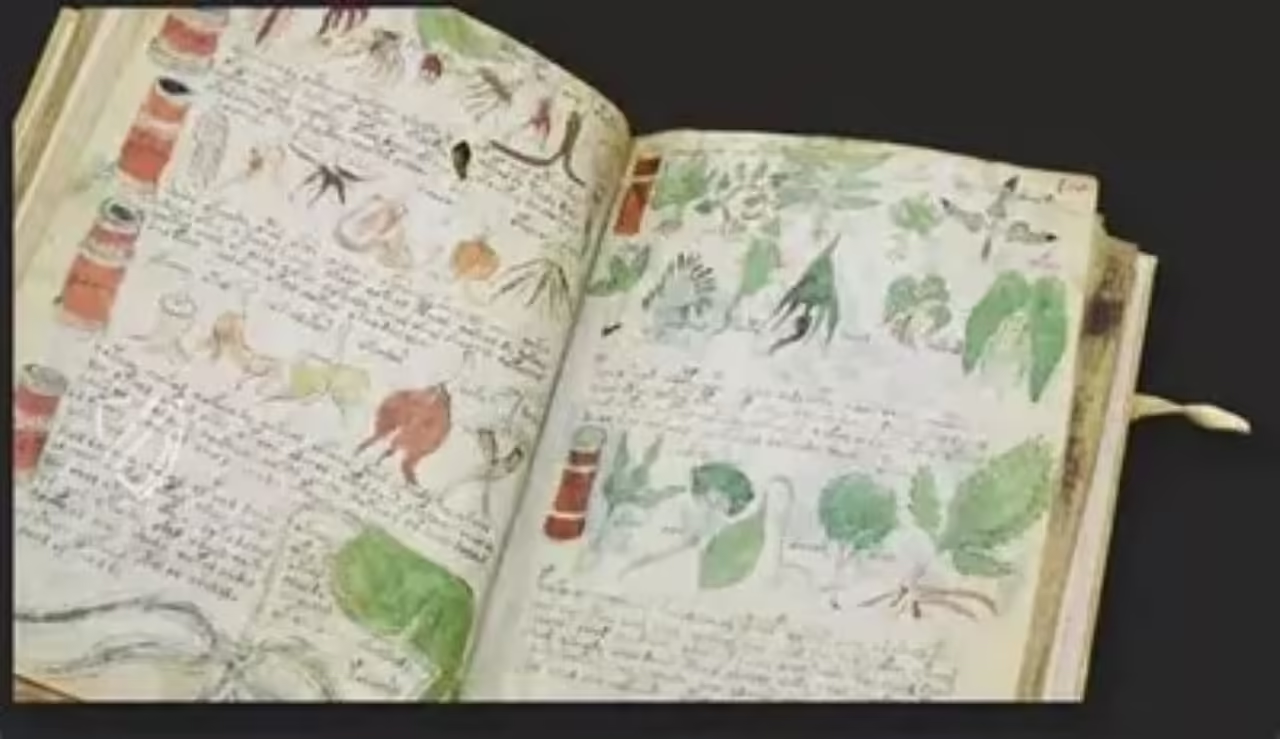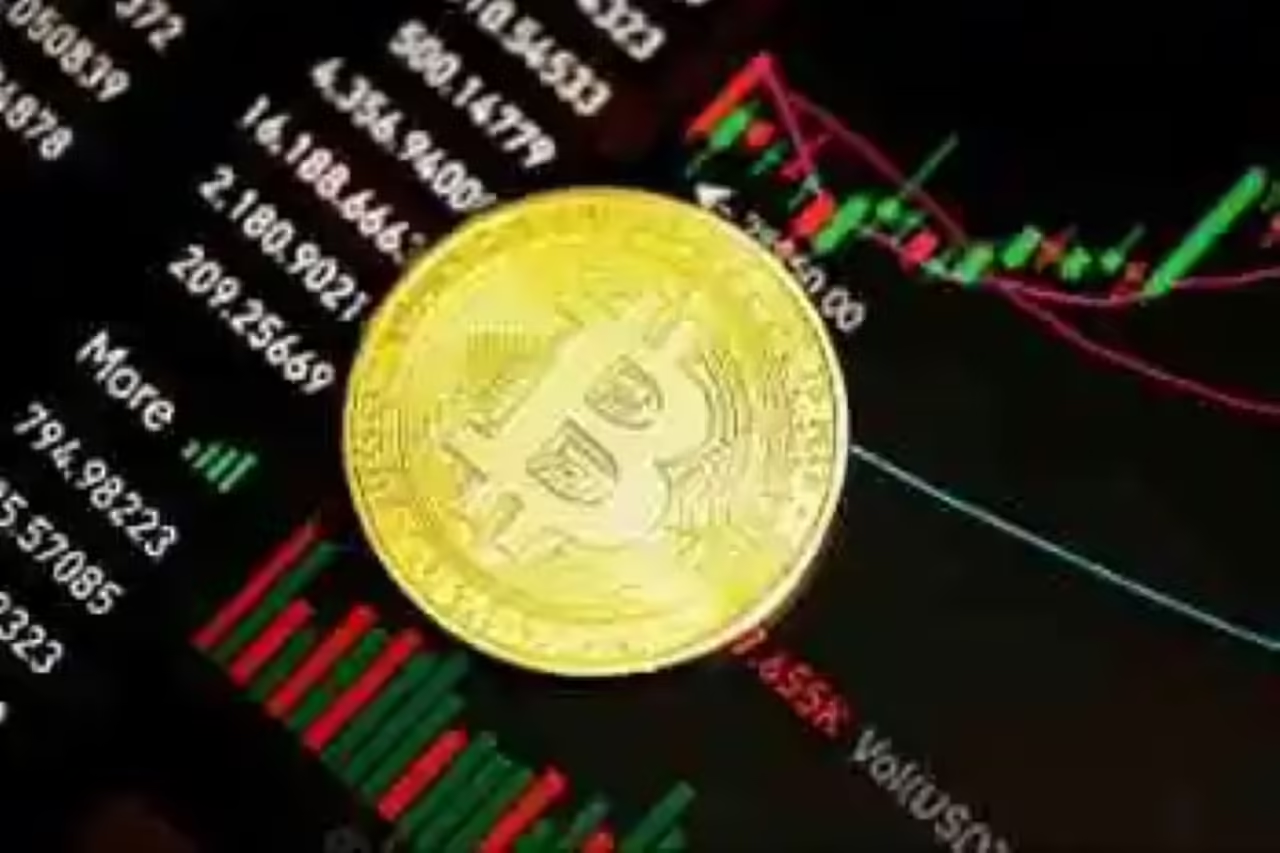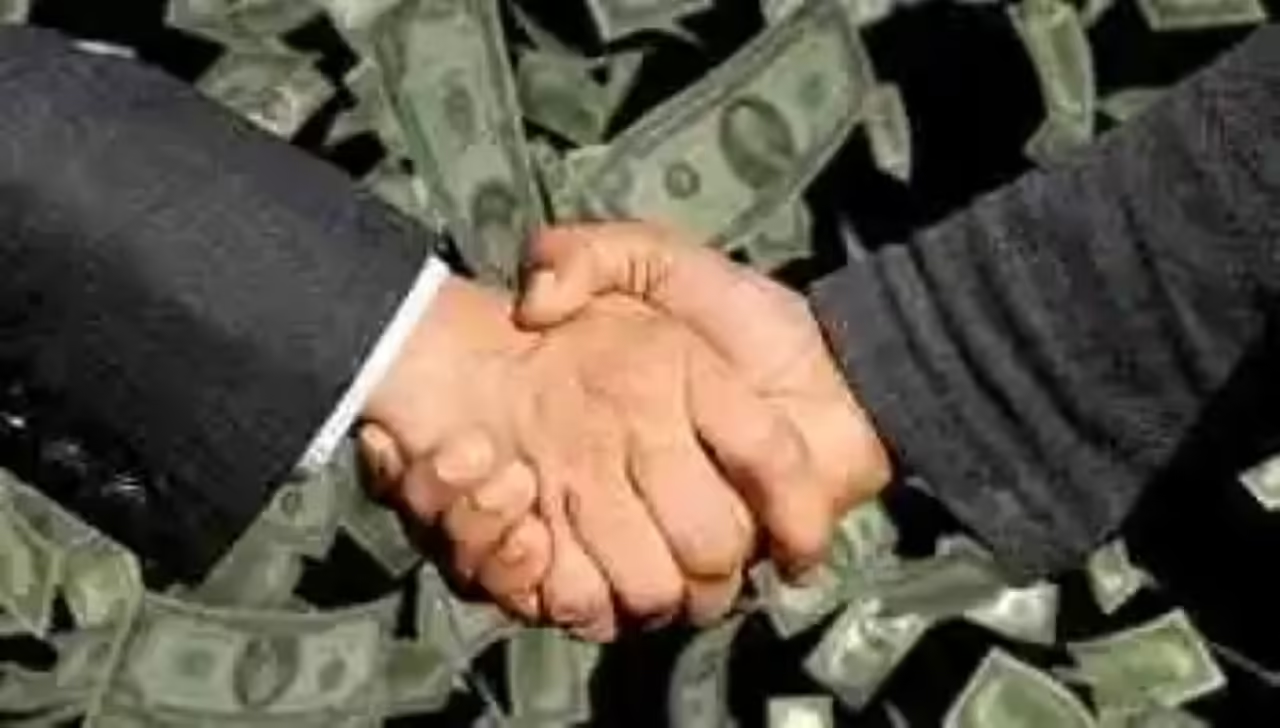
One of the most enigmatic and interesting ancient objects found by seasoned archaeologists is the Voynich Manuscript. Not even the best language specialists have been able to decipher it. It is about 500 years old, but from its drawings and graphics, it can be deduced that it is a book of wisdom and occult knowledge to such an extent that it has been called “The most enigmatic book in history:
The Holy Grail of cryptography
Few manuscripts in history are more mysterious and intriguing than the Voynich manuscript, a book that was written some five hundred years ago in a strange language (which has been referred to as Voynichese) and which to this day has still not been deciphered by any of the many experts who have tried. If that is not enough, the book is replete with illustrations on a variety of subjects, ranging from botany, astrology and cosmology, to biology and pharmaceuticals.
Up to this point it might seem like an ancient treatise on various knowledge of the many that exist from that era, except that the drawings of the Voynich manuscript show us a series of plants, animals and everyday situations unknown on our planet. One could say that it is like a “manual of botany and science from another world”. In addition, the manuscript depicts a series of instruments that could well be microscopes and rudimentary magnifying lenses, along with illustrations of what could be cells and bacteria, something quite unusual considering that some of the theories of its authorship place it in the thirteenth century.
The Voynich is considered by many to be the Holy Grail of historical cryptography. Throughout its existence it has been the subject of intense studies by professional and amateur cryptographers, since all its pages are available and can be studied on the web. But none has managed to decipher a single word of the book, at this point there are many who believe that the manuscript is a hoax, a medieval fake that someone wrote for unknown reasons and that all its text is nothing more than a random sequence without any sense.
However, although it seems that in several pages the same signs are repeated, the whole manuscript complies with Zipf’s law, which states that in all known languages the length of the words is inversely proportional to their frequency of occurrence. This suggests that the text is written in a concrete and natural language, since in artificial languages created on purpose, such as Tolkien’s Elvish or Star Trek’s Klingon, this rule is not fulfilled.
This is because the explanation for this law is based on linguistic economy: the words we use the most are shorter and thus require less energy, so it is the use of a language that ends up imposing this law. It is practically impossible that the author of the Voynich manuscript was aware of Zipf’s law, enunciated many centuries later, and therefore applied it to a language invented by him.
It was found in a Jesuit library
The manuscript owes its name to Wilfrid M. Voynich, who found the book in 1912 in a Jesuit library of the college of Mondragon, near Rome, where it seems to have been donated by Athanasius Kircher (German cryptologist) at the end of the 17th century, who in turn had obtained it from Johannes Marcus Marci, rector of the University of Prague at that time, who in turn would have obtained it from Georgius Barchius, an alchemist who worked at the court of Rudolph II, who in turn would have obtained it from Jacobus Horcicky of Tepenecz, also an alchemist, who would have taken possession of the manuscript after the death of Rudolph II, to whom the book belonged until 1622.
It is possible that the book reached the library of the Holy Roman Emperor from the hands of Johannes Kepler, who lived at the court of Rudolph between 1584 and 1588. Kepler, a great fan of alchemy, mathematics, astrology and astronomy, was a great admirer of Roger Bacon’s work and treasured many of his original manuscripts.
It is for this reason that the Voynich manuscript is attributed by many to Roger Bacon, who supposedly would have written it almost four centuries earlier. Roger Bacon was a Franciscan monk and alchemist who is said to have created a code to camouflage his research on the philosopher’s stone and the elixir of eternal life.
To sum up. We have no idea who the real author of the manuscript was, we do not know if the text is false or if it actually makes sense. It is not known at what time it was written or for what reasons… Interesting, isn’t it?
The Voynich manuscript is currently housed in the Beinecke Library of Rare Books and Manuscripts at Yale University, cataloged as item MS408.
A quill pen was used to write the text and draw the figures with colored paint; as can be seen, the text is later than the figures, since on numerous occasions the text appears touching the edge of the images, something that would not happen if they had been added later.
The book has about 240 pages of parchment, with gaps in the numbering, suggesting that about 28 pages had already been lost before its purchase by Voynich.







